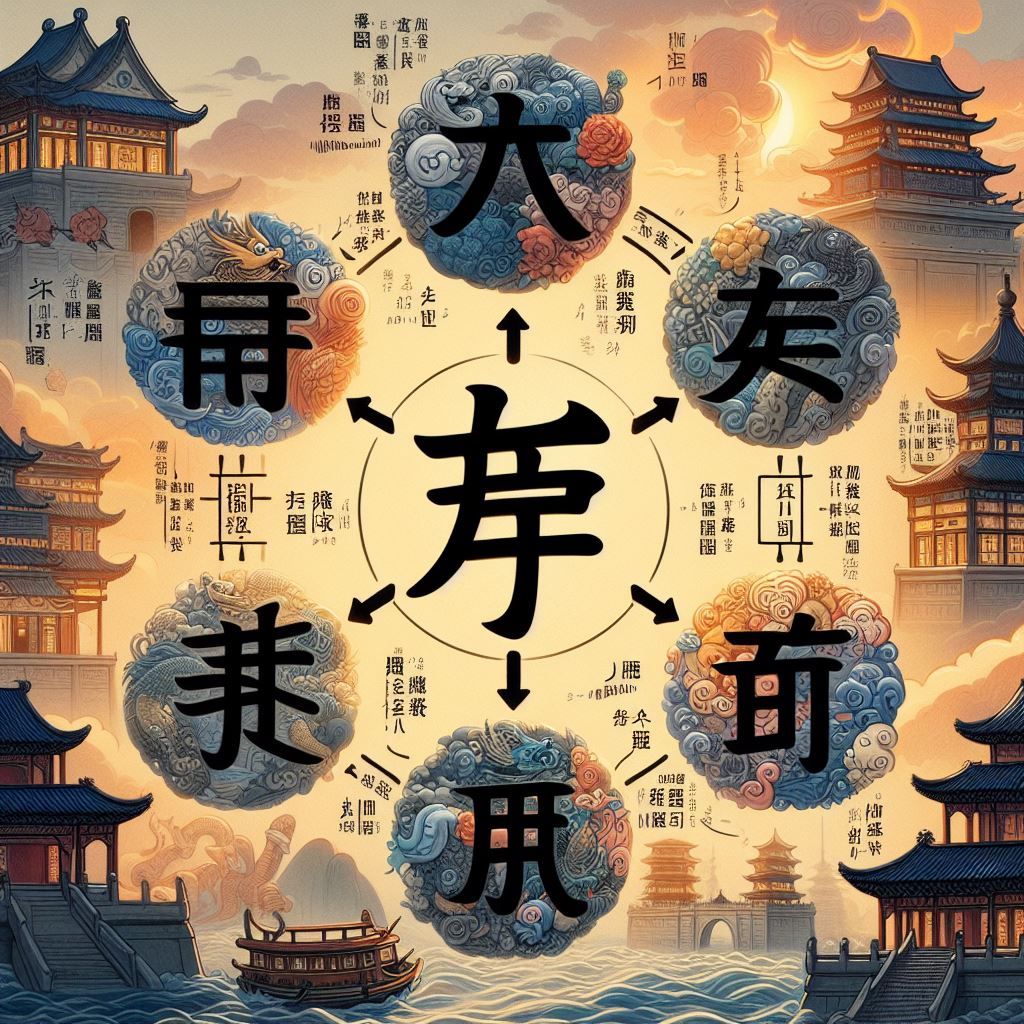Unraveling the Structure of Chinese Characters

Did you know there are only 6 ways of forming Chinese characters?
Yes, 6 kinds of Chinese characters make up the 50,000 Chinese characters in existence today.
Amazing isn’t it?
It shows that there is a logical symbol system used to create Chinese characters.
That they are not just random lines and strokes.
Once you know these 6 types of Chinese characters, you’l find that learning Chinese writing isn’t so difficult after all.
Oh, one more thing…
The “radicals”
No, these have nothing to do with extremists or terrorists.:)
They are the “root elements” of Chinese characters.
The meaning part of Chinese characters.
There are 214 of them.
They exist independently or are part of complex characters.
Once you get a general idea of the common radicals, you can guess the meaning of Chinese characters.
Modern Chinese dictionaries are organized by radicals – starting with one-stroke radicals, two, three and so on, and hanyu pinyin, the modern Chinese Romanization system.
So you see, by knowing the radicals and the 6 ways of forming Chinese characters, one can pretty much guess the meaning and sound of Chinese characters.
Not all, but many of them.
So, what are the 6 ways of forming Chinese characters?
The earliest Chinese characters some 4,000 years ago were shaped like the things they represented.
1) Evolution from Pictographs to Ideographs
They were pictures of humans, animals and natural objects.
The 300 plus pictographs form the building blocks of Chinese writing.
Later to create more words, symbols were added to pictographs to form ideographs.
2) Formation of Composite Ideographs
And two or more pictographs were combined to form composite ideographs.
3) Introduction of Borrowed Characters
As you can imagine, this symbol system could not produce a lot of Chinese characters easily.
So borrowed characters came into being.
4) Development of Phonetic Compounds
A character was borrowed because it had the same sound, disregarding the meaning.
So “new” characters with the same sound but different meanings were formed.
But what happened to the original characters?
In order to retain their original meanings, a meaning component was added to the sound component.
These gave rise to phonetic compounds.
5) Phonetic Compounds: The Majority of Chinese Characters
These are Chinese characters with a sound part and a meaning part.
Today, this type of Chinese characters make up 80% of Chinese characters in use.
The last type of Chinese characters are called Transferred characters.
6) Transition to Transferred Characters
Transferred characters share the same radical and have the same meaning but their pronunciations are different.
So early Chinese characters were created based on meaning alone and started from pictures.
Eventually, each Chinese character became “a unit of sound and meaning” like what we have today.
But it remains possible to guess the meaning of Chinese characters from the meaning component, the radicals.
To read a lively description of the 6 ways of forming Chinese charcters complete with Chinese character examples, go to http://www.living-chinese-symbols.com or in this youtube channel.
The formation of characters consists of six main ways, from pictographs to transferred characters. In addition, the importance of radicals in understanding the meaning of Chinese characters is also emphasized. With an understanding of the six ways of character formation and radicals, one can easily guess the meaning and sound of Chinese characters. This reflects the logistical structure in the Chinese writing system, which consists of characters that have well-defined origins and development

